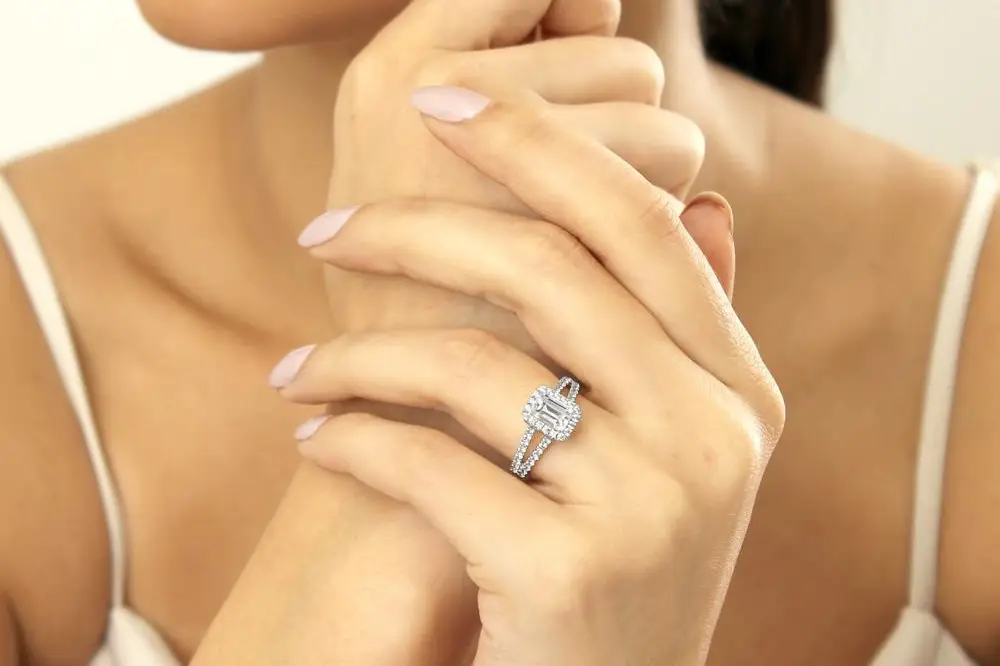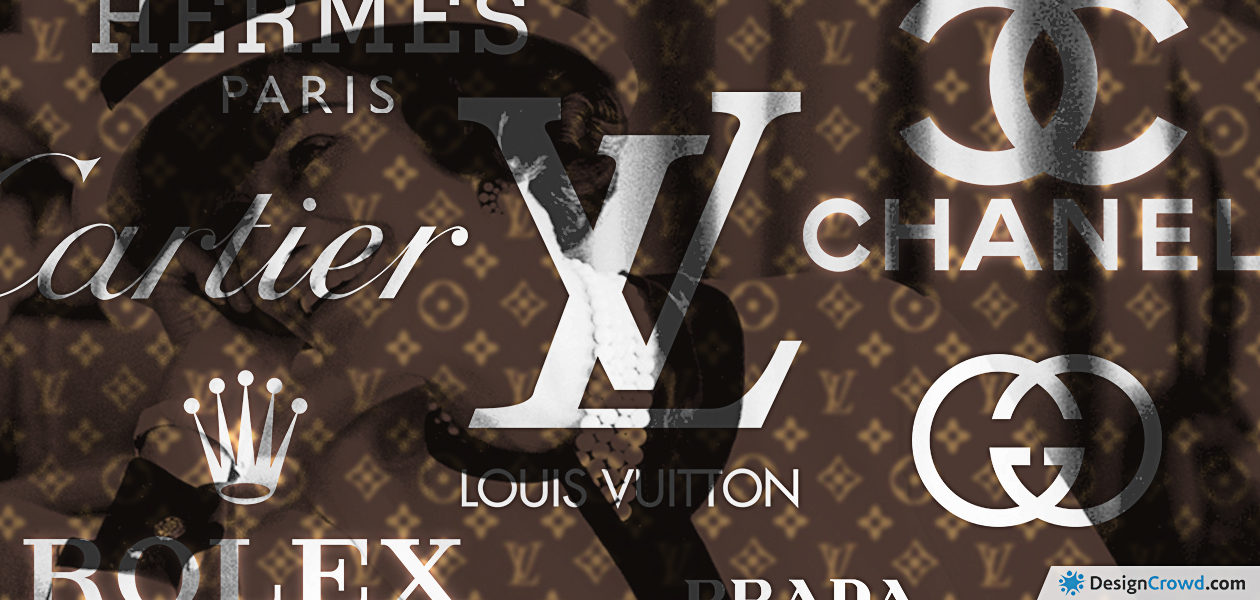When it comes to diamonds, one of the most important factors influencing both their beauty and value is the “cut.” Unlike the diamond’s color or clarity, the cut refers to how a diamond is shaped and faceted, impacting its overall brilliance, fire, and scintillation. While many consumers may focus on the “4 Cs” (cut, color, clarity, and carat weight), the cut is widely regarded as the most crucial factor in determining a diamond’s aesthetic appeal.
What Is Diamond Cut?
In diamond terminology, “cut” does not refer to the diamond’s shape (e.g., round, princess, emerald), but rather to the precise way the diamond is shaped and faceted to maximize its optical properties. A diamond’s cut influences how light interacts with the stone, determining its sparkle and how it reflects light.
The quality of the cut is influenced by many factors, including the proportions, symmetry, and polish of the diamond. The cutter’s skill is critical here; even a diamond with excellent color and clarity can appear dull if it is poorly cut.
The Impact of Diamond Cut on Its Appearance
Man made diamonds can exhibit extraordinary brilliance, fire, and scintillation. Here’s how:
- Brilliance refers to the amount of white light that is reflected from the surface and inside the diamond.
- Fire refers to the dispersion of light into various colors, the rainbow-like flashes you see when the diamond moves.
- Scintillation describes the sparkle and flashes of light you see when a diamond moves, as light travels through its facets.
When a diamond is cut well, it allows light to enter through the top (the table) and reflect back through the top, bouncing off the internal facets. If the cut is too shallow, light escapes from the bottom; if it’s too deep, it escapes from the sides. Both scenarios result in a dull or less brilliant diamond.
The 4 Cs and How They Relate to Cut
The cut of a diamond plays a significant role in how the other “C”s are perceived. For example:
- Color: A well-cut diamond can minimize the visibility of color, as the way light moves through the diamond can enhance or obscure its natural hue.
- Clarity: While clarity refers to the presence of inclusions or imperfections inside the diamond, a well-cut diamond can help “hide” these inclusions by directing light away from them.
- Carat Weight: A higher carat weight does not necessarily mean a better diamond. A poorly cut large diamond may appear less brilliant than a smaller diamond that is perfectly cut.
Cut Grades
To standardize the evaluation of diamond cuts, grading systems were developed. One of the most widely used systems is the one by the Gemological Institute of America (GIA), which grades diamonds based on their cut quality on a scale from Excellent to Poor:
- Excellent: This grade represents a diamond with ideal proportions and exceptional brilliance. It exhibits the best possible performance in terms of light reflection and sparkle.
- Very Good: Diamonds with this grade still offer great brilliance and sparkle, with slight imperfections in proportion or symmetry that may not be easily visible to the naked eye.
- Good: These diamonds have some noticeable imperfections in terms of light performance but still look appealing to the average observer.
- Fair: A fair-grade diamond may lack brilliance and show significant light leakage, resulting in less sparkle.
- Poor: Diamonds in this category exhibit poor light performance and dullness, often due to suboptimal proportions, symmetry, or polishing.
Popular Diamond Cuts (Shapes)
While the cut grade refers to the quality of the craftsmanship, diamond “shapes” are the outline of the diamond itself. Here are some of the most popular shapes, each with its own unique cut characteristics:
- Round Brilliant Cut: The most popular diamond shape, known for its exceptional brilliance due to the fact that it has 58 facets. It is the most versatile and performs well under most lighting conditions.
- Princess Cut: A square or rectangular cut with sharp corners, known for its brilliant sparkle. It has become a popular alternative to the round brilliant, especially for engagement rings.
- Emerald Cut: Known for its long, rectangular shape and step-cut facets, the emerald cut has a unique charm. It emphasizes clarity and gives the diamond a sophisticated, vintage feel, but it does not have as much brilliance as the round or princess cuts.
- Cushion Cut: A square or rectangular cut with rounded corners, combining elements of both the round brilliant and the emerald cut. It offers a classic look with a slightly softer, more romantic feel.
- Asscher Cut: Similar to the emerald cut but with a square shape, the Asscher cut has a distinctive “hall of mirrors” effect due to its step-cut facets. It has a vintage, Art Deco appeal.
- Oval Cut: This elongated shape creates the illusion of a larger diamond. It has similar brilliance to the round cut, but with a more distinctive shape.
- Pear Cut: A hybrid of the round and marquise shapes, this tear-drop shape is elegant and often used in pendants or earrings.
- Marquise Cut: Known for its elongated, pointed shape, the marquise cut maximizes the carat weight and makes the diamond appear larger. It is also known for its dramatic appearance.
- Heart Cut: A highly symbolic shape, the heart cut is essentially a modified pear shape. It’s a romantic choice, often seen in special jewelry pieces like engagement rings.
The Importance of Professional Cutting
The artistry of cutting a diamond requires a delicate balance of science and skill. A diamond cutter must take into account the rough diamond’s natural characteristics, including its size, shape, and any inclusions or flaws. The goal is to maximize the diamond’s brilliance while minimizing waste. This is why the cut quality is often the most expensive aspect of diamond production—cutting a diamond is a time-intensive and precision-driven process.
Conclusion
The cut of a diamond is what ultimately brings it to life. Whether you are buying a diamond for an engagement ring, a piece of fine jewelry, or simply to appreciate its beauty, understanding the significance of the cut can help you make a more informed decision. Remember, a well-cut diamond can enhance its color, clarity, and size, making it appear more brilliant and captivating. For those looking to invest in a timeless piece, focusing on cut quality is key to ensuring that the diamond sparkles for generations to come.









